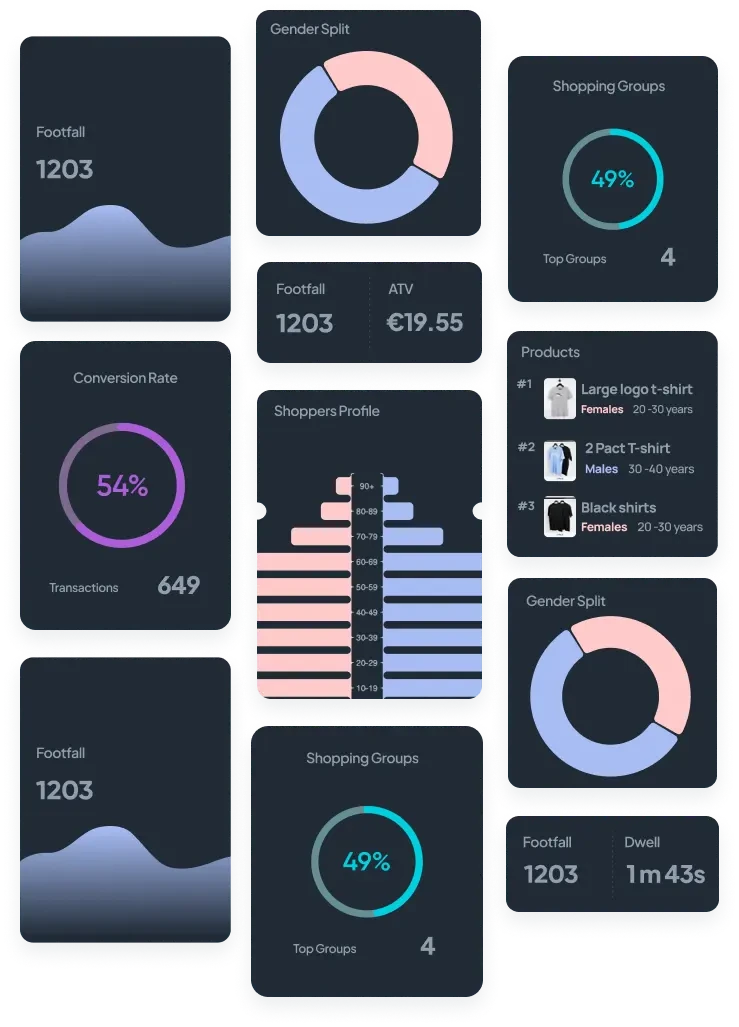Do Luxury Brands Risk Alienating their ‘Aspirational’ Shoppers?
Keith Monaghan
April 8, 2024
In April 2024, London media group, The Business of Fashion, released a comprehensive case study on luxury retailers which analysed the price differences in certain staple product ranges from 2019 up until now. Their results showed that in the five-year period, a significant marking up in price had taken place.
The case study is titled Selling Luxury to the 1% and states that “The price of luxury goods has soared, as brands look to protect margins and target wealthy clients who are more insulated from economic uncertainties”.
Ex Gucci marketeer, Fabbio Becheri, argued that from what he’s seen over the past 5 years, certain brands have raised their prices by up to 52% on their most popular products, seemingly without much of a parallel to global inflation.
Kamille Koula of Evelab Insight opined that “The price rises could have been justified if the quality of the craftsmanship remained the same over the years.” She argues that there has been no such improvement in quality of note, and that this is causing the average shopper to be drawn more towards pre-loved luxury goods.
But is this precisely what the luxury brands want?
This may be part of an overall reframing strategy to jettison a certain level of shopper and look for a higher spend from a smaller few, rather than seeking a larger number of sales from shoppers who are more likely to browse and contemplate for a long time before opening their wallets.
I spoke to several store managers in luxury branded stores in the last week and asked if they noticed any significant price rises amongst their most popular product ranges and I did get an interesting response from one jewellery store in particular, carrying some of the top European jewellery brands mentioned in The Business of Fashion’s case study.
The response I was given by this particular manager was that the price increases were simply down to the design, rather than anything else. The implication being that the customer is paying additional costs for the years and years of expert design that have led up to the current day.
It’s hard to pinpoint what element of design is being spoken about, whether it’s the brainstorming from designers in head office or the crafting of the physical product itself. But this response did lead me to think that it was sort of a fancier way of saying “You are paying for the name of the brand” or a name tax for being able to show off the logo.
The Guardian posted an article, coincidentally on the same day as the case study, titled An Amazing year for Rich People, with emphasis on the fact that 141 new billionaires had been confirmed in 2024 so far. Quoting Forbes wealth editor Chase, Peterson-Withorn,
“It’s been an amazing year for the world’s richest people, with more billionaires around the world than ever before. Even during times of financial uncertainty for many, the super-rich continue to thrive.”
In my last blog, I referenced author Steve Dennis’ work regarding the mid-market miasma and how the future of retail, both brick-and-mortar and online, will undoubtedly favour the ultra-high-end, and the super-low (or discount) end. His belief is that the unremarkable mid-market is the most vulnerable type of retailer at present.
With stores like Lidl, BJ’s Wholesale, and a variety of dollar-store chains doing exceptionally well in the United States of late (some with plans to open hundreds of new locations), it’s hard not to notice a lot of Dennis’ predictions coming to fruition. While discount chains may be seeking to open stores in every city and town they’re conceivably able to, luxury brands may want to target the flagship model, locating their stores in busy and iconic areas, to give their brands a semblance of ubiquity.
Retail editor of the Times, Isabella Fish, only today published an article on retail insolvencies effecting 2,195 retail stores in the year until January 2024, with the likes of Ted Baker, The Body Shop, and Wilko. Isabella Fish quotes Mazars who have sited “Cautious household spending among consumers” to be the largest factor in the closure of these stores.
Luxury brands may be deciding to collectively dig in their heels in the hope that their iconic names and long-established product lines will sell to a certain level of shopper who either don’t notice the price jumps or simply don’t care enough to notice.
Get Started
What Gets Measured, Gets Managed!
VisionR mines data directly from shoppers as they navigate stores, empowering retailers with real-time insights to maximise their decisions & revenues.
